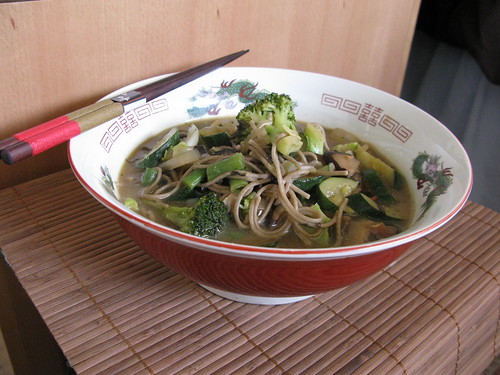Calcium is an important mineral, essential for maintaining healthy bones. Cow's milk is usually cited as the number one source of calcium in a person's diet, thanks to some good advertising from people who make a lot of money off of the dairy industry. However it is the advertisment companies who encourage the population to make the leap from "dietry calcium is good for bones" and "milk contains calcium", to "milk is good for healthy bones". The paper that the Got Milk advertisment company cite for their heath claim linking milk to healthy bones makes no claims at all about the relationship between drinking milk and fending off osteoporosis. [2
In fact, it is becoming increasingly obvious that cow's milk is a poor source of calcium among adults [3]
As infants, milk plays an important role in development, including the growth of bones. Cow's milk is unacceptable at an early age, due to its composition being suited for young calfs, and not human babies. As the child grows older, and starts eating solid food, the production of the enzyme responsible for breaking down lactose slows, and in many people, stops altogether, leaving the sugar undigested in the intestines. This can lead to a range of digestive complaints, as the micro-organisms living in the gut feed on the sugar, and producing unwanted toxins and byproducts due to fermentation. 75% of the world's adult population are lactose intolerant to some degree.[8]
Unsurprisingly, calcium is abundant from all kinds of different vegetables. After all, cows and other herbivores have to get it from somewhere right? Dark green leafy vegetables (except spinach, due to high levels of oxalic acid), broccoli being one of the best sources. Sesame seeds are another great source of calcium.
Ignoring milk's "niché" nutritional benifits, we are left with a questionable beverage. High levels of cholesterol and saturated fat, and a splattering of somatic cells (aka pus, which is found naturally in all mammal milk, but increased if that mammal has mastitis, as is often the case with dairy cows). To top all those unique selling points, Posilac, a hormone used to increase milk production in cows pushed the dairy industry into uncharted waters. As far as we know, milk may or may not contain byproducts due to this artifical hormone, which may have an effect on human heath. May. Who knows? Luckily its now a banned drug in the UK, but what will they come up with next to squeeze more money out of the dairy cash cow.
So the question should really be "Why would I want to drink milk?"
References
1.
2. http://www.gotmilk.com/pdf/715_s.pdf
3.
4. http://en.wikipedia.org/wiki/Milk
5. http://pediatrics.aappublications.org/cgi/content/full/116/4/921
6.
8.

